Step into a world where feathers shimmer with iridescence, fur masks secrets of the wild, and fins cut through water with elegance. The animal kingdom is a never-ending source of delight and surprise, weaving stories of survival, intelligence, and downright jaw-dropping feats. Whether you’re a lifelong wildlife enthusiast or just someone who loves a quirky fact, prepare to have your view of nature transformed by these mind-bending animal truths.
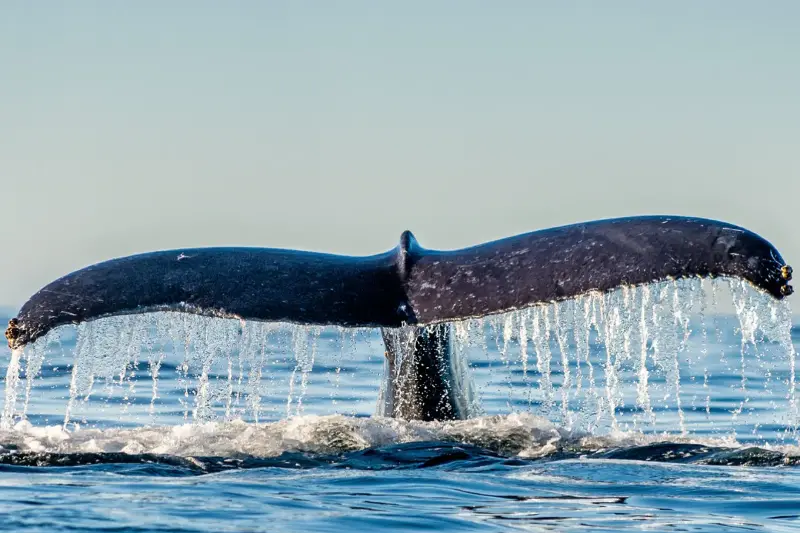
Feathers: More Than Just For Flight
When we think of birds, plumage is often the first thing to come to mind—bright peacocks, icy swans, crimson cardinals. But feathers are so much more than nature’s art. Did you know that the feathers of a bird serve as a built-in climate control system? Penguins, for instance, have highly dense layers of feathers that trap heat during their chilly Antarctic swims, while desert birds have looser plumage that allows for airflow and helps keep them cool beneath the blazing sun.
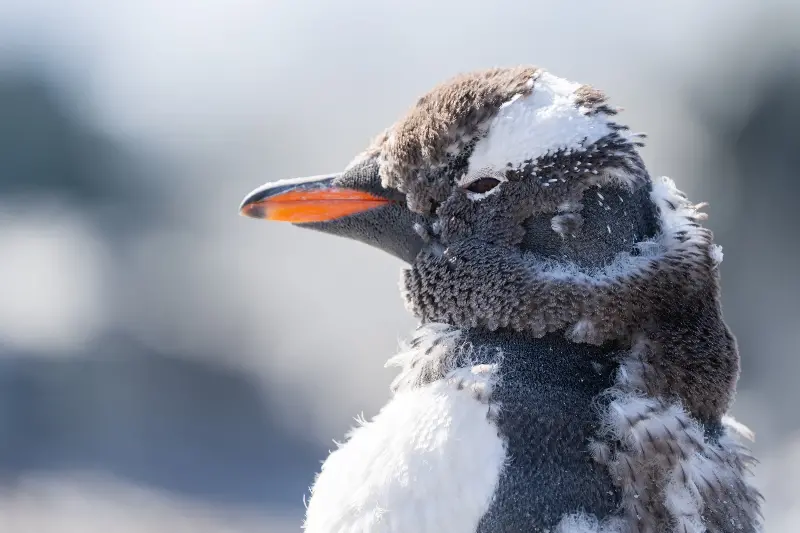
The dazzling shades of feathers are not always what they appear, either. The blue in a blue jay’s coat isn’t actually blue pigment but is the result of structural colouration. Tiny air pockets in the feathers scatter light, reflecting blue wavelengths into our eyes—nature’s own optical illusion.
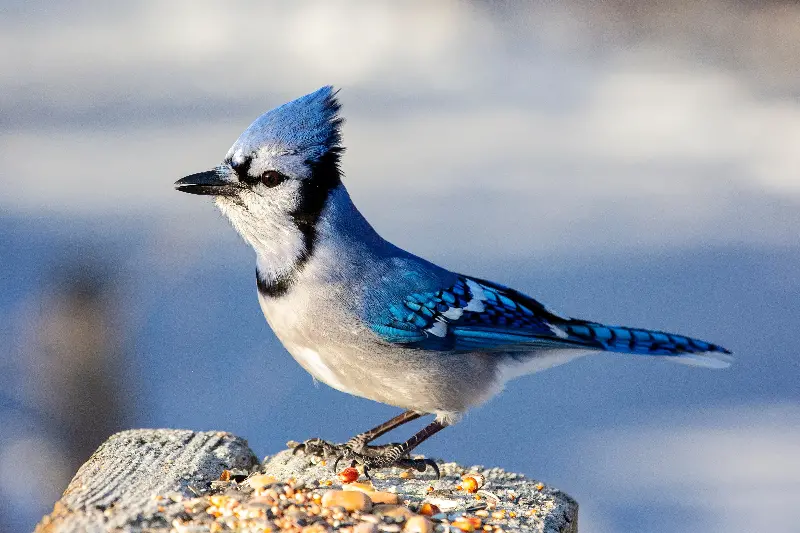
Additionally, feathers have inspired human technology for centuries. From quill pens used in ancient writing to modern aerodynamics borrowed from the study of bird wings, we look to the sky for creative solutions, all thanks to our feathered friends.
Fur: The Hidden Wonders Of Mammals
The soft, furry coats of mammals serve far more than a simple cuddly appearance. Fur acts as a guardian, not only keeping animals warm in freezing environments but also protecting sensitive skin from the harmful rays of the sun. Polar bears, for instance, have fur so translucent and dense that it traps sunlight, heating their black-skinned bodies and keeping them insulated against Arctic winds.
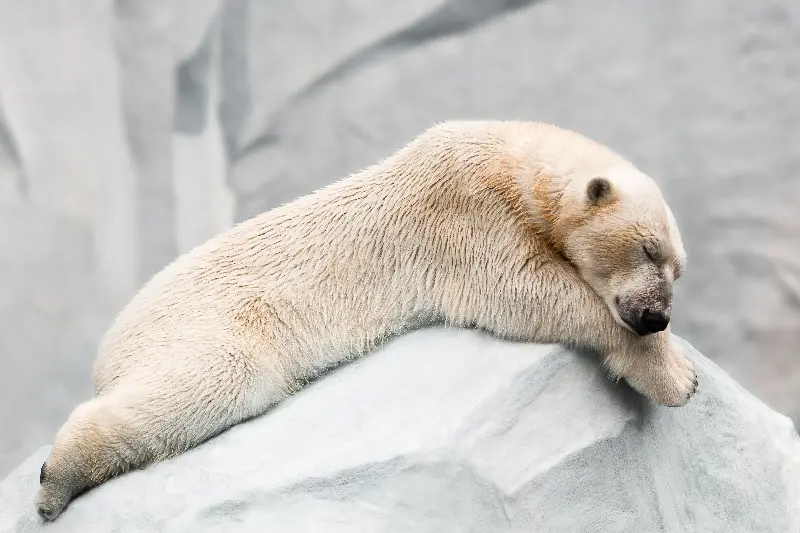
However, not all fur is about warmth or camouflage. Sloths, slow-motion dwellers of the treetops, allow algae to grow in their fur, giving them a greenish tinge that helps them blend into the forest canopy. This symbiotic relationship provides camouflage for the sloth and a safe haven for the algae—a simple yet brilliant alliance.
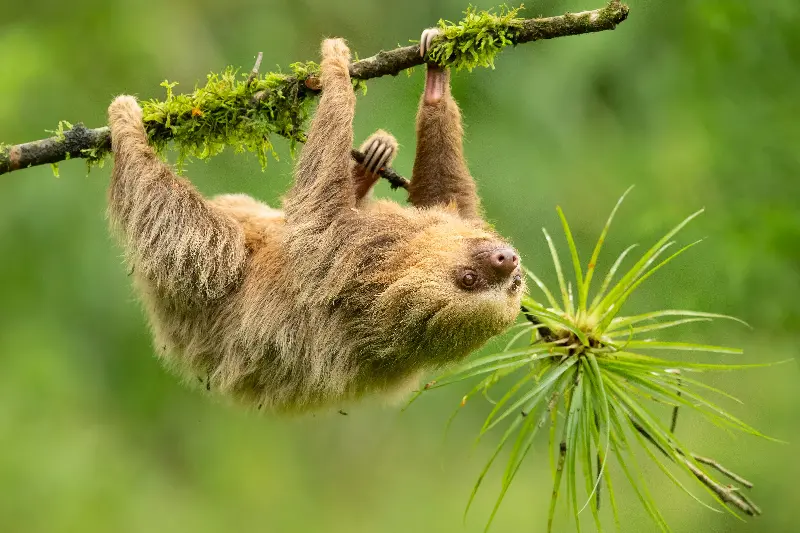
Let’s not forget the sense of touch, which fur supports in surprising ways. Cats use their sensitive whiskers as radar—detecting changes in air movement that help them hunt, slip through tight spaces, or sense nearby danger. Whiskers, technically vibrissae, are deeply embedded and rich in nerves, making them true lifesavers for our feline companions.
Fins: Masters Of Fluid Grace
Delving into the aquatic world, fins stand as marvels of engineering. Fish, dolphins, and sharks have perfected the art of movement with their unique fin designs. The tail fin of a fish, called the caudal fin, determines both speed and manoeuvrability—tuna can shoot through the sea at burst speeds over 70 km per hour thanks to their crescent-shaped fins, while angelfish calmly glide with their rounded fins among coral reefs.
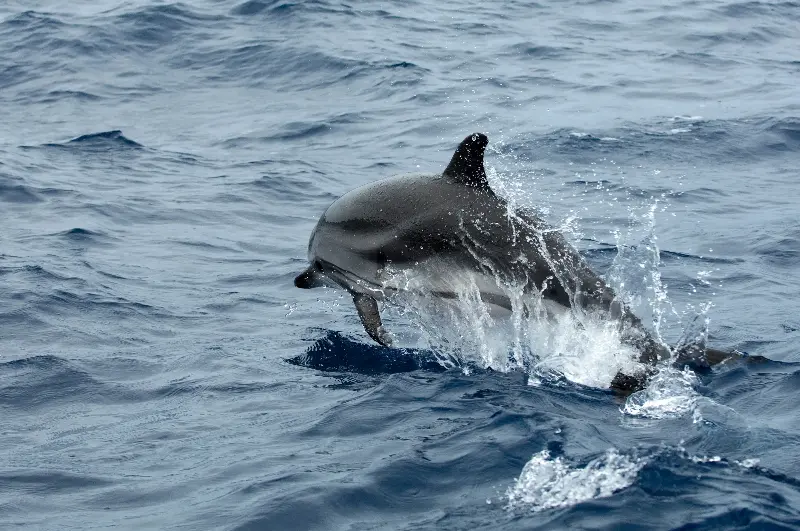
But fins aren’t just for motion. Male seahorses, for instance, use their small dorsal fin to hover delicately and maintain stability in strong currents while carrying developing young—yes, it’s the male that gets pregnant in this species, one of nature’s rare twists.

Fins can also become extravagant displays. The lionfish, adorned with long, flowing fins, warns potential predators of its venomous spines—beauty and danger in a single package. Meanwhile, bioluminescent deep-sea creatures sport glowing fins to attract mates or confuse predators, painting neon pictures in the pitch-black depths.
Mind-Blowing Animal Intelligence And Adaptation
The real magic of the animal kingdom is not always visible on the outside. Creatures large and small demonstrate astonishing intelligence and adaptability. Take octopuses, for example, which possess the ability to unscrew jars, solve puzzles, and even mimic other animals as a disguise.
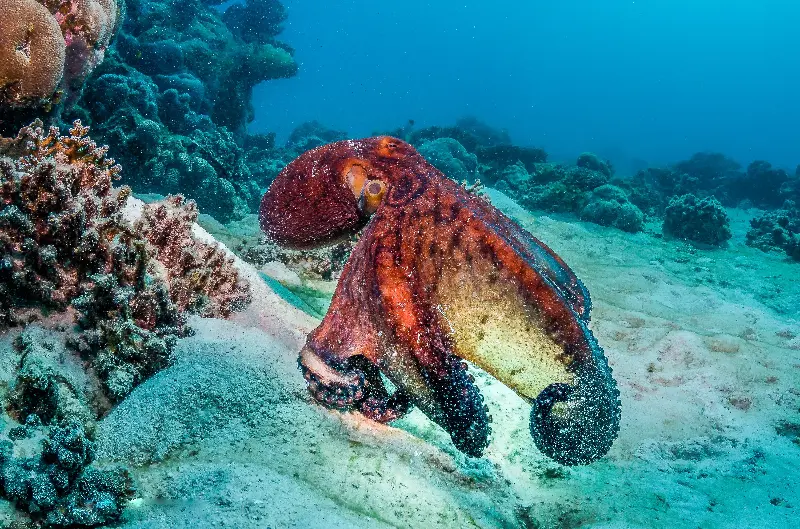
Crows and parrots are renowned for their cognitive prowess, rivalling even some primates in problem-solving and communication. New Caledonian crows craft tools from leaves and sticks to extract grubs, while African grey parrots have amazed researchers by learning hundreds of words and even developing basic concepts of number and colour.
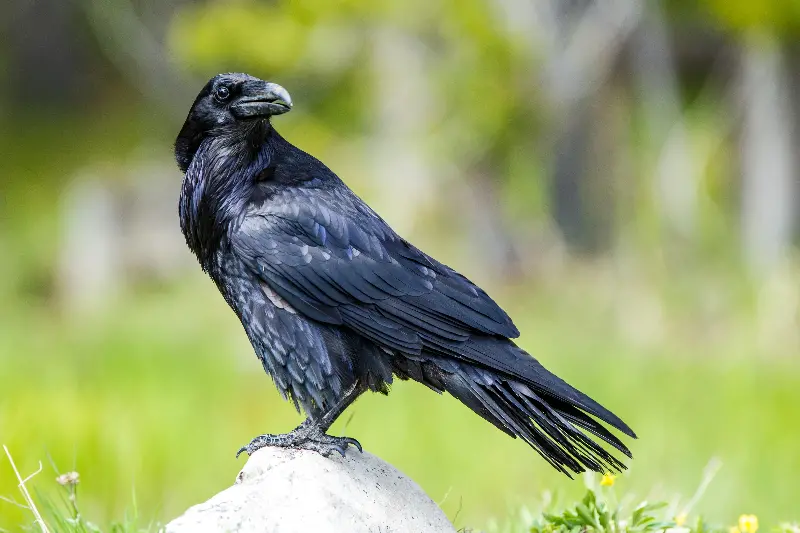
Animals are masterful adapters. The African painted wolf, with its irregularly patterned coat, lessons us on the importance of teamwork—these animals can coordinate hunts with precision, using each other’s positions to outwit much larger prey.
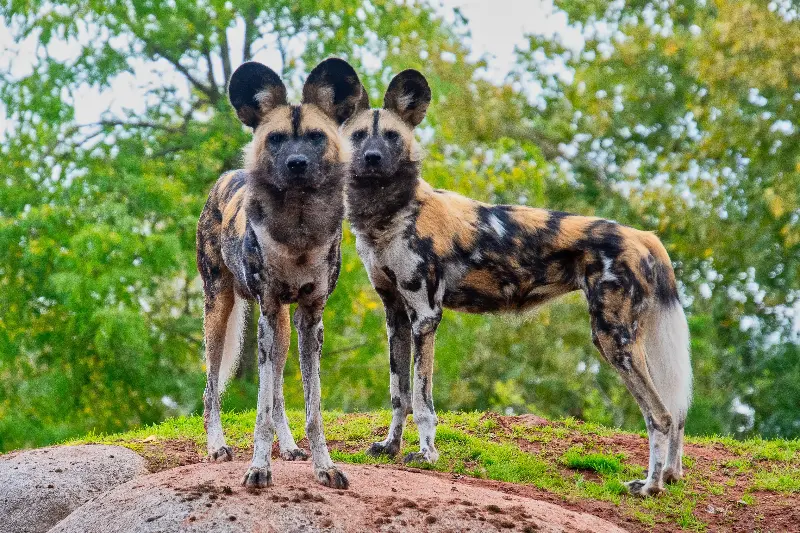
Unseen Connections: Nature’s Larger Story
All these physical feats and mental marvels are woven into a grander web of life. Bees, with their delicate wings, are tiny powerhouses responsible for pollinating up to a third of the food we eat. Beavers, with their clever teeth and architectural prowess, shape entire ecosystems, creating wetlands that serve as habitats for countless other species.
And in the oceans, the gentle manatee—sometimes called the “sea cow”—acts as a gardener, munching on seagrass and keeping these vital underwater forests in balance. Despite their size and strength, they are peaceful creatures whose health signals water quality for entire regions.
In a world filled with feathers, fur, and fins, every detail—from the iridescence of a hummingbird to the silent flight of an owl, from the stretchy skin of a bat’s wing to the subtle signals of a wolf’s tail—reveals a story worth celebrating. Next time you spot a pigeon flicking its wings or a dog twitching its whiskers, take a moment to appreciate the unseen magic at play. Nature is not merely a backdrop; it’s a living, breathing marvel shaped by billions of years of wondrous evolution.
